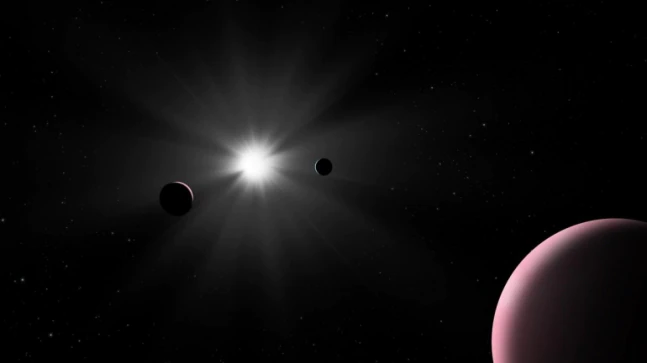Two researchers from the Indian Institute of Astrophysics (IIA), Bengaluru, have developed a model that can use the data obtained from the recently-launched James Webb Space Telescope (JWST) to confirm the presence of these elusive exomoons.
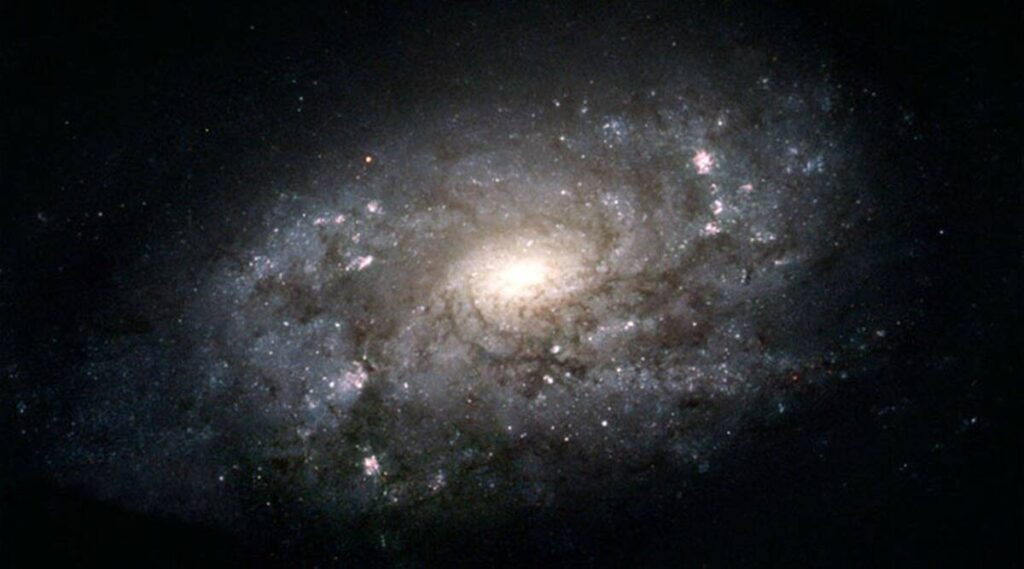
Soon, astronomers peering into the deep skies could get a tad luckier in identifying the yet undiscovered exomoons – a moon which revolves around distant stars. Two researchers from the Indian Institute of Astrophysics (IIA), Bengaluru, have developed a model that can use the data obtained from the recently-launched James Webb Space Telescope (JWST) to confirm the presence of these elusive exomoons.
Launched in December 2021, the JWST is a combined effort of scientists from NASA, the European Space Agency and the Canadian Space Agency. With a primary mirror measuring 6.5 metres in diameter, JWST is the largest and the most advanced space-based telescope built so far. This mirror comprises 18 gold-plated hexagonal segments and can function in the infrared, visible and mid-infrared wavelengths and will be used to study the unexplored areas of our universe.
While over 5,000 exoplanets — a planet outside our solar system and revolving around another star — have been discovered so far, astronomers are yet to confirm the detection of any exomoon. This is mainly because of limited observational capacities even when both the ground and space-based telescopes are combined. Besides, the moons are too small in size than the planets, thus underlining the need for strong signal detection capacities by telescopes.
Recent Posts
- Astronomers detect first direct image of black hole expelling a powerful jet
- WhatsApp rolling out ‘reply with message’ feature within call notifications
- Multi-Device Pairing May Be Arriving for Apple Watch this Year
- Artificial Intelligence Discovers Hidden Giant, a Planet 5 Times Larger Than Jupiter
- Google CEO Sundar Pichai Talks Bard & The Future Of Search
Recent Comments
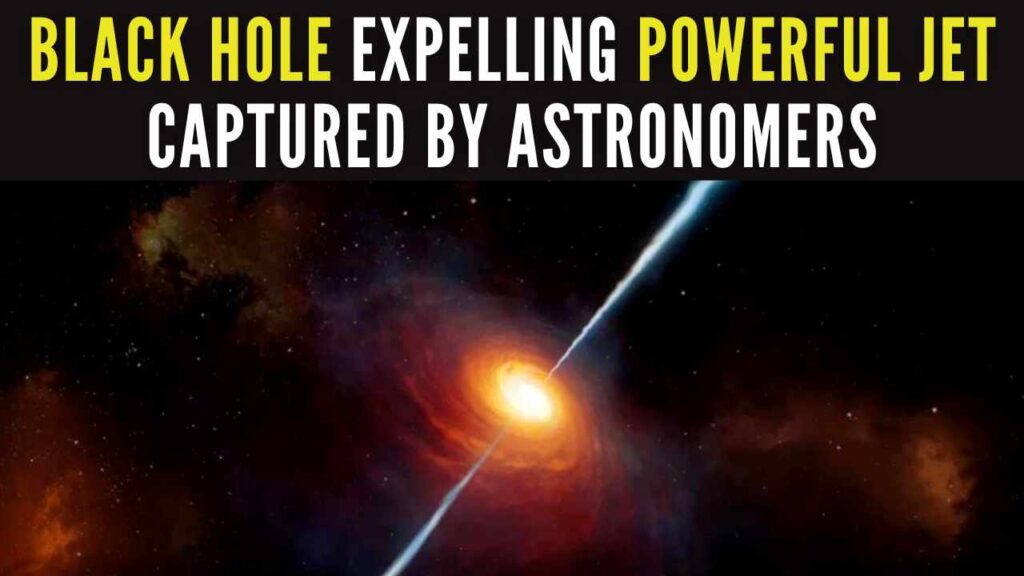
Astronomers detect first direct image of black hole expelling a powerful jet
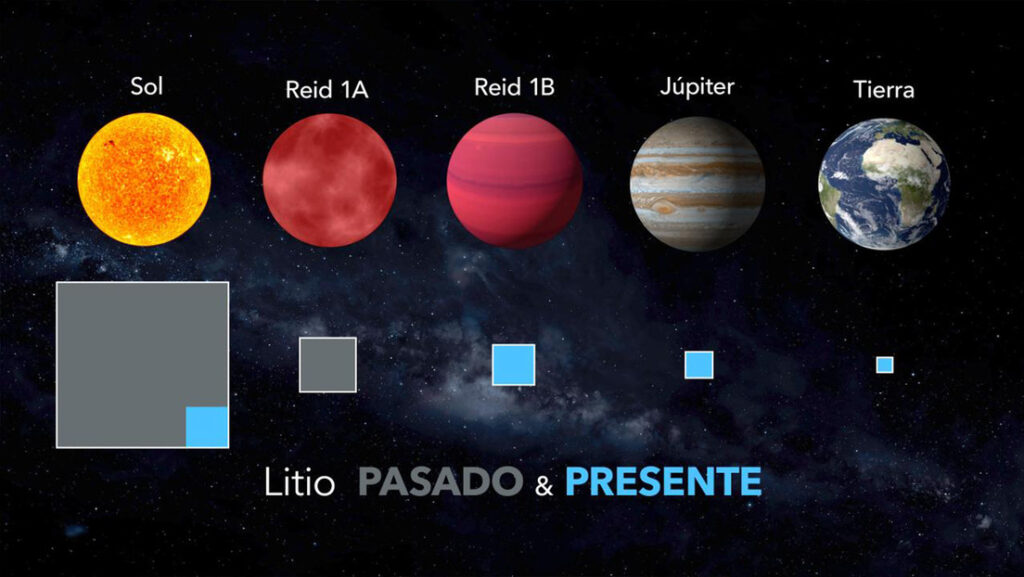
Artificial Intelligence Discovers Hidden Giant, a Planet 5 Times Larger Than Jupiter

Scientists explain melting of Antarctic ice sheet dating back 9,000 years
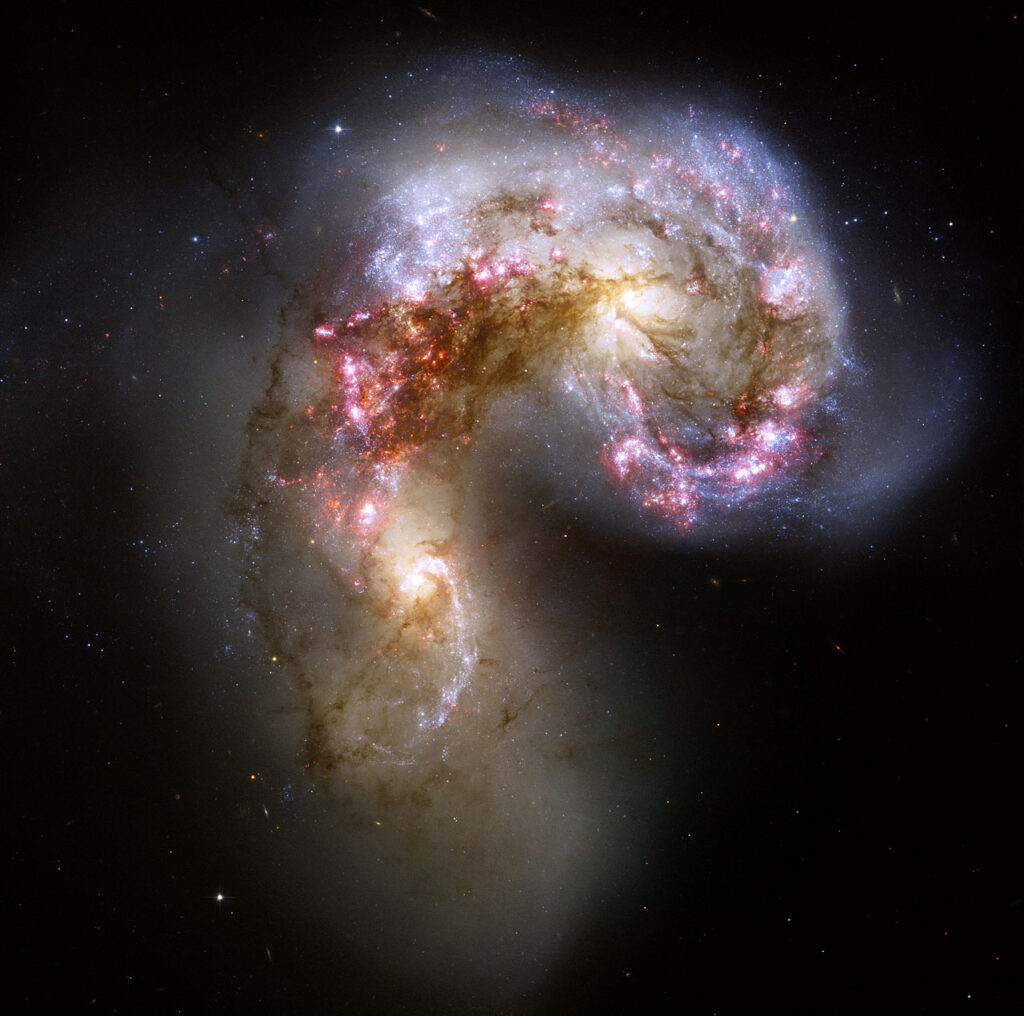
An Unexpected Discovery: Hubble, ESA's Gaia Spot Double Quasar That Existed Over 10 Billion Years Ago

Astronomers detect first direct image of black hole expelling a powerful jet

WhatsApp rolling out ‘reply with message’ feature within call notifications

Multi-Device Pairing May Be Arriving for Apple Watch this Year


